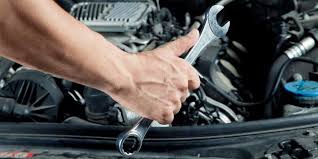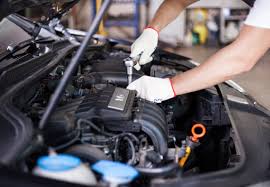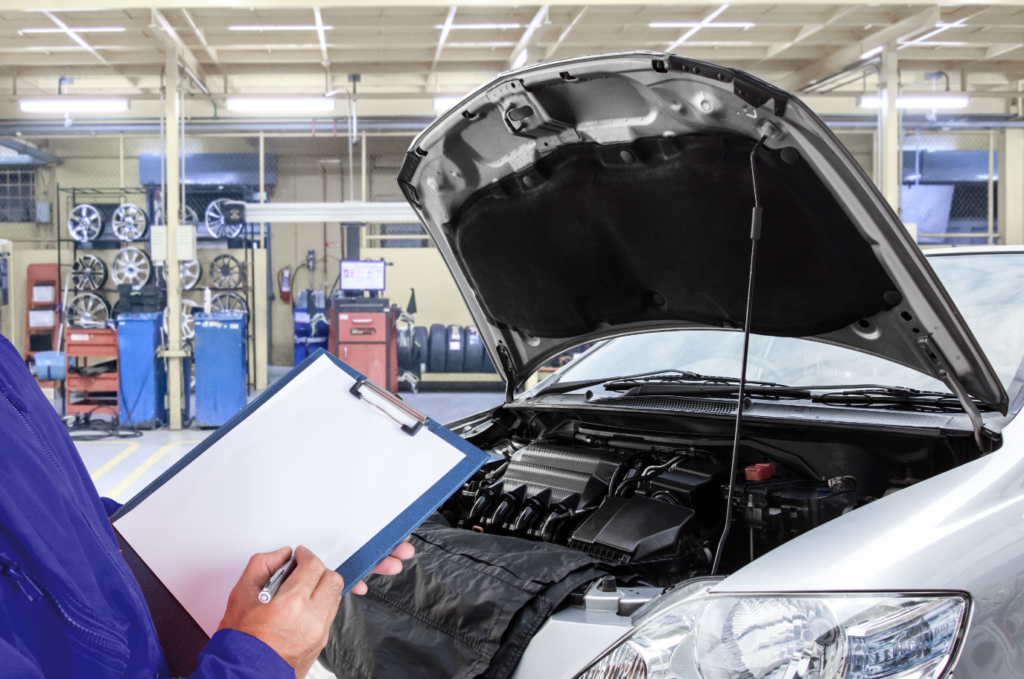Auto Repair for Beginners
Many drivers know the feeling of one moment sailing down the highway and the next moment hearing and awful, expensive-sounding noise coming from the vehicle. It could be the clunk-clunk of a flat tire, the grinding noise of brakes with worn out brake pads, or the knocking noise an engine with serious problems makes. Cars are significant financial investments. They are also, for many people, a necessity. Getting to work or getting kids to school is impossible for people in many areas of the United States without a car. Cars also represent freedom for some people. That freedom comes with responsibility and all vehicles require a basic degree of maintenance to continue operating.

The Importance of Car Maintenance
Proper car maintenance is vital for many reasons. Perhaps the most important reason is that keeping up to date with car maintenance will save drivers from more expensive repairs later. Sure, no one wants to pay $20-$100 every three months or so for an oil change. However, that’s preferable to paying $7,000 to replace the engine, which may be a likely outcome of not staying on top of oil changes. Staying up to date with car maintenance also makes it safer to drive. Proper maintenance can prevent issues (like old tires going flat) that lead to roadside emergencies. Keeping up with vehicle maintenance and maintaining repair records will often net you more money when you resell your vehicle. It’s also better for the planet. Excellent maintenance keeps the amount of pollution your car produces down. Regardless of the type of car, driving is more pleasurable in a vehicle that works well, with properly rotated and balanced tires, the correct oil level, windshield wiper blades that work correctly. Many people drive daily and with so much time spend on the road, it’s important to enjoy the drive when possible.

What to do When Problems Occur
Auto mechanics must quickly and accurately diagnose common vehicle problems.
Many problems today are found using computer diagnostic systems in the shop, however, some simple problems are quickly and easily diagnosed manually.
Fluids, for example, have their own distinct colors making a potential leak easier to track. Quickly dabbing leaked fluid with a white paper towel can help you to better see the color of the fluid.
- Pink or green fluids are usually coolant.
- Yellowish? Look for problems in the power steering line.
- Transmission fluid is more reddish in color.
Color is also helpful in diagnosing potential exhaust system problems. White, blue or black smoke can point to head gasket or engine valve problems which should be investigated immediately.

Basic Maintenance
Some drivers choose to save money by performing some or all of their car’s maintenance themselves. An easy first task is learning how to add windshield wiper fluid. Another simple task is changing out a headlight or rear light. Some people then go on and learn how to change turn signal relays or change their own oil. Some basic tools will be needed to perform vehicle maintenance. A basic set would include screwdrivers, wrenches, pliers, and channel locks in various sizes. A better quality jack than the one that came with the car is a good purchase. Also, try and find the car repair manual for the vehicle being worked on. This is not the same as the owner’s manual. The repair manual is designed for service center employees and gives detail and insight into how a car works and how to make basic repairs.
How to Change Your Air Filter
To maximize gas mileage and minimize emissions, your air filter should be changed every six months or 15,000 miles. To optimize savings, change it yourself.
Instructions
- Step 1: Park level, turn off engine Park your car on a level surface in the shade. Turn off the engine and let it cool down.
- Step 2: Locate air filter Open the hood and locate the air filter. In most cars, it’s enclosed inside a round or rectangular plastic case at the top or front of the engine.
- Step 3: Flip open clasps Flip open the metal clasps on either side of the case. If they’re stuck, use the flathead screwdriver to pry them open. In some older cars, you may need to unscrew the cover.
- Step 4: Pull out old filter Pull the old filter out of the case.
TIP: Hold the old filter up to the light—if you can see light through it, it’s still in good shape and can be reinserted.
- Step 5: Slide in clean filter Slide in the clean air filter.
- Step 6: Close clasps Close the clasps on the case.
- Step 7: Close hood Close the hood—and breath easy. Now your car can, too.

